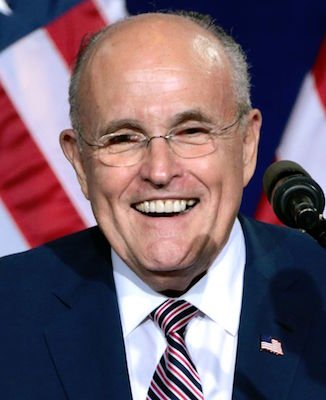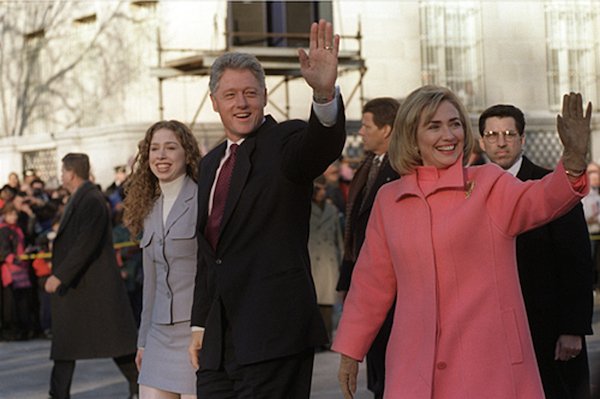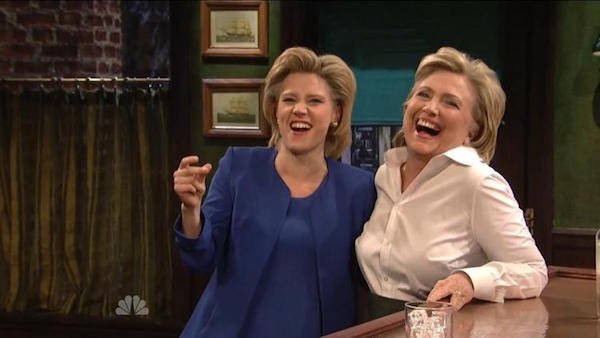It can be easy to forget, one Great Recession and two terms of Barack Obama later, that Hillary Clinton made a remarkable achievement as a trailblazer when she got elected to the U.S. Senate from New York to become the first president’s wife to ever win an elected office.
“Sixty-two counties, 16 months, three debates, two opponents and six black pantsuits later,” she said, “here we are!” she said at the time.
But how did she get there? The former first lady of Arkansas and Yale Law graduate had some obstacles put in front of her that our goldfish-level attention might have us distracted from remembering.
So here’s a look at who stood in her way as she attempted to break the glass ceiling for women in politics:
RUDY! RUDY! RUDY!

Screen grab
Ah, ahem. Something went wrong with our search in the image archives. The Rudy we really meant to pull up was not the undersized bench-warming wide receiver whose story serves as an allegory for American life, but in actuality the former Mayor of New York and career politician Rudy Giuliani, who should have his own dentures brand.

Wikimedia Commons
The first immovable object in Clinton’s path was this current #Trump pathogen and erstwhile health scare jabberer, who only dropped out of the Senate race after a prognosis of prostate cancer surfaced alongside accusations of extramarital affairs.
“I used to think the core of me was in politics, probably,” Mr. Giuliani said at the time. “It isn’t. When you feel your mortality and your humanity you realize that, that the core of you is first of all being able to take care of your health.”
A new challenger
That paved the way for an entry to the race by Rep. Rick A. Lazio of Long Island, a little known entity outside of his home district who would take up the cause of bearing the Republican flag and challenge Clinton on her status as one-half of the nation’s most famous power couple.
At the time, Hillary was still first lady — and had higher disapproval ratings than any who came before her. President Clinton however remained popular with Democrats, and stumped with her on the campaign trail to ensure enough support to win the race.
The final tally

Wikimedia Commons
In an even that was historic both in size and scope — more than $70 million was spent through the end of October — Clinton pulled out the “W” with more than 55 percent of the vote. Her time as a senator may be marred by “Yes” votes on certain issues, like the Iraq War, but her path from first lady to being an active part of congress is one she had to cut for herself. It can be easy to forget in the 2016 climate when her image has become tiresome to some voters, and following the pomp and circumstance of Barack Obama’s first presidency.
The 2000 Senate win, however, earned her some hard-won respect. And along with it, a place in history.

Screen grab
